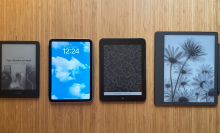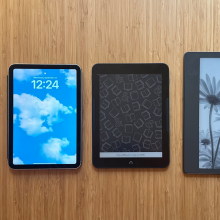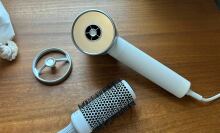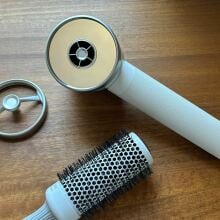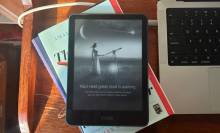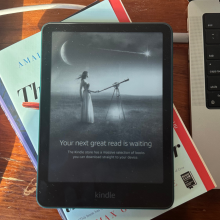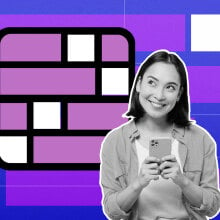Shopping for a laptop is already hard enough due to the sheer number of options. But your task gets even more difficult when you need a laptop for a very specific purpose, like photo editing. This demands even more research and scrutiny on your part, which may sound like a tall order. Talk about analysis paralysis.
If you're in the market for a photo editing laptop and are having a hard time making the final decision, you're in luck, because we're here to help you choose something you'll love. In fact, not only have we tested all of the top powerhouse laptops, but we even brought in some backup — to give us some more insight into buying a laptop for photo editing, we reached out to Tommy Yonash, a Brooklyn-based documentary and portrait photographer, and Joseph Maldonado, a photographer for Mashable's parent company, Ziff Davis.
What makes a good photo editing laptop?
"Honestly, it comes down to three things for me," Yonash told us. When shopping for the best laptops for photo editing, he recommends prioritizing something with fast processing speeds, a great battery life, and something that's lightweight and portable so you can take it on the go. Maldonado agrees that speed is vital to having a good photo editing experience. "It just has to be able to process the images quickly," he said. "I don’t enjoy a laptop that slows down while bouncing between different photos."
Yonash told us that he uses a MacBook Pro for photo editing, as it's a great marriage of all three of those important specs. "I work between the M1 Pro and the M1 Air, both of which have held up great over the years, but the Pro has usually been my go-to for its better battery life," he added. While the M1 line of MacBook laptops can still be found pretty cheap at various retailers, Apple has since released the MacBook Pro and Air with the latest and greatest M3 chips, which are much faster. For photo editing laptops specifically, we recommend going current-gen to get the best bang for your buck.
Yonash maintains that speed, portability, and battery are the most important specs when shopping for photo editing laptops, but out of those three, processing speeds will always win out. "Since I don't do too much editing on the go, I would have to say speed or processing power is the number one most important feature," he told us. "Nothing kills editing flow like a laggy computer." Maldonado concurred on this point, but also added that a great display and plenty of storage are also a necessity. He said that a minimum of 1TB of SSD storage will serve you well.
What are the best laptops for photo editing?
After all of our research, testing, and expert interviews, we found that the M3 MacBook Pro will be the best photo editing laptop for most people. We know that not everyone is an Apple die-hard, though, so we included laptops from beyond the Apple ecosystem as well. Below, our top picks for the most reliable photo editing laptops.



